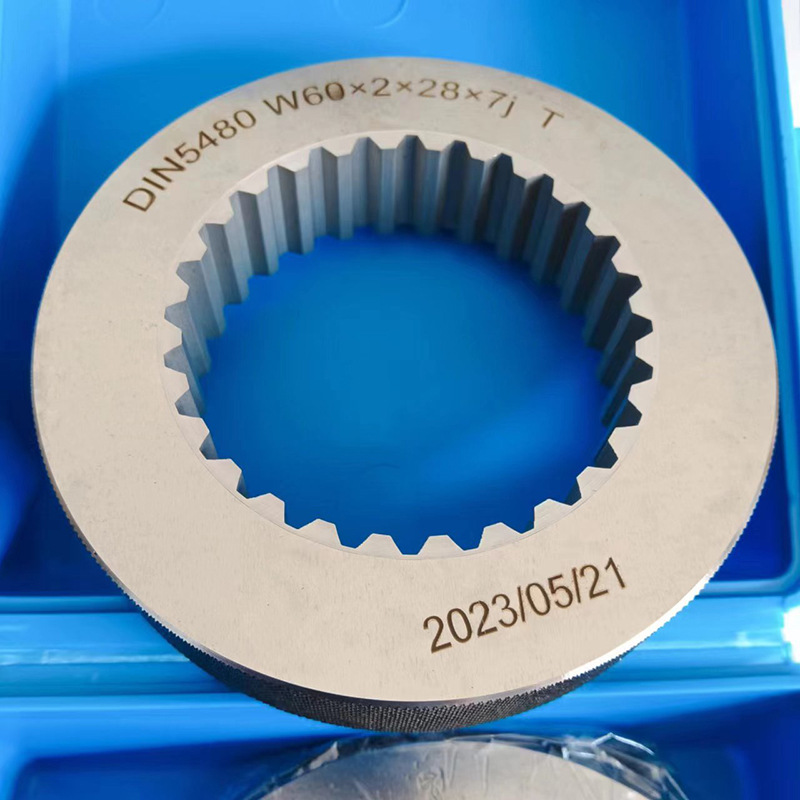ਸਤੰ. . 19, 2024 18:00 Back to list
cast iron floor plate
The Importance of Cast Iron Floor Plates in Precision Engineering
In the world of precision engineering, various tools and materials play crucial roles in ensuring accuracy and reliability. One such material that stands out for its robustness and functionality is cast iron, particularly when used in the manufacturing of floor plates. Cast iron floor plates have gained prominence due to their unique properties and applications in various industries, from automotive to aerospace.
Cast iron, an alloy of iron, carbon, and silicon, is highly favored for its excellent machinability, dimensional stability, and wear resistance. These properties make cast iron an ideal choice for floor plates, which serve as stable work surfaces in machining and metrology applications. A well-designed cast iron floor plate provides the appropriate rigidity and flatness required for precision measurements and machining operations.
One of the primary advantages of cast iron floor plates is their ability to absorb vibrations. In a manufacturing environment, machines generate various vibrations that can affect the accuracy of measurements and processes. Cast iron floor plates, with their dense material composition, effectively dampen these vibrations, thereby enhancing the precision of measurements taken on them. This characteristic is particularly beneficial in high-stakes industries that rely on strict tolerances and precision engineering.
cast iron floor plate

Moreover, cast iron floor plates are known for their exceptional wear resistance. They can withstand the rigors of continual use in machining and testing without deforming or losing their flatness over time. This durability translates into lower maintenance costs and longer service life, making them a cost-effective solution for businesses in the long run.
Another critical factor is the ease of machining when it comes to cast iron floor plates. They can be easily outfitted with T-slots, which allow for the secure mounting of fixtures and workpieces. This versatility enhances workflow efficiency, as operators can quickly set up their work, change tools, or reposition parts without compromising precision. Furthermore, the dimensional stability of cast iron ensures that once a floor plate is calibrated, it maintains its accuracy over time, leading to consistent results in production.
The use of cast iron floor plates is not limited to just one sector; they are employed across various applications. In laboratories, they support sensitive measuring instruments, ensuring stability and accuracy. In workshops, they provide a reliable surface for machining and assembly operations. Even in educational institutions, cast iron floor plates serve as essential components in teaching students about metrology and precision engineering.
In conclusion, cast iron floor plates are indispensable tools in the realm of precision engineering. Their ability to absorb vibrations, resist wear, and provide a stable working surface enhances the accuracy and efficiency of machining processes. As industries continue to evolve and demand higher precision, the relevance of cast iron floor plates will undoubtedly remain significant in ensuring optimal performance and quality. Investing in quality cast iron floor plates is not just a practical decision; it’s a commitment to excellence in engineering and manufacturing.
-
thread-plug-gauge-our-promise-of-measurement-excellenceNewsAug.22,2025
-
gauge-pin-class-reflecting-quality-legacyNewsAug.22,2025
-
check-valve-types-for-high-rise-buildingsNewsAug.22,2025
-
water-control-valve-for-irrigation-systemsNewsAug.22,2025
-
gate-valve-with-soft-seal-technologyNewsAug.22,2025
-
y-type-strainer-for-oil-and-gas-applicationsNewsAug.22,2025
Related PRODUCTS









